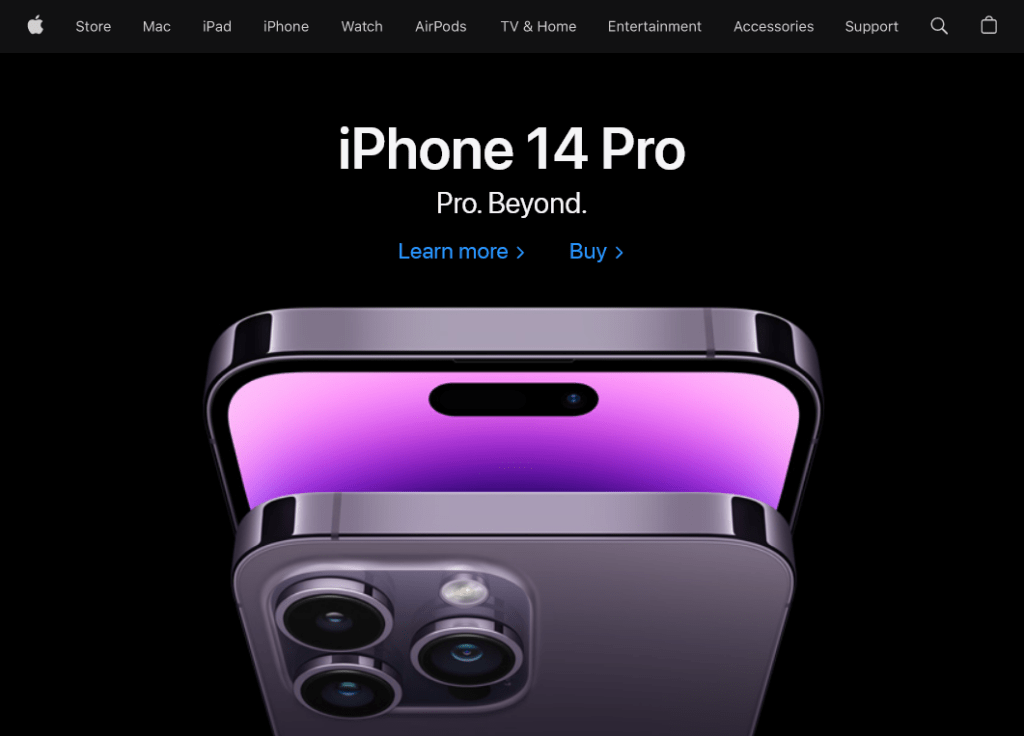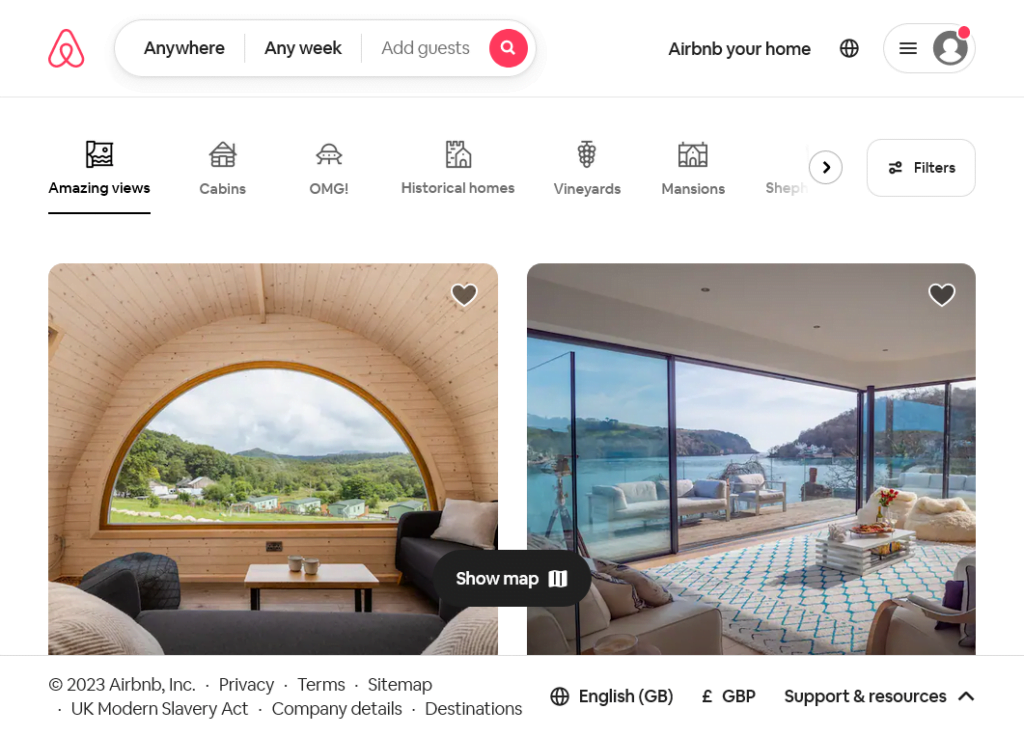A great website is more than just a collection of web pages. It’s a digital representation of your business, a way to communicate your message, and an opportunity to engage with your visitors. It’s time to take a look at some basics of web design.
You must consider various factors to achieve a great website, from the overall design and layout to specific elements such as typography, colour schemes, graphics and photography, and navigation.
Visual design
First and foremost, the layout of a website should be visually appealing and easy to navigate. Visitors should be able to find the information they’re looking for quickly and easily without having to dig through multiple pages. A clean, straightforward layout can enhance the user experience and make your website more accessible.
Typography
Typography is another crucial aspect of website design. The right font can communicate your brand’s identity, and the text’s size and style can help establish a hierarchy of information, guiding visitors to the most critical content. Choosing a font that is easy to read is crucial, particularly for longer text passages, as readability is an essential factor in the user experience.
Colour schemes
Colour schemes can also significantly impact the visual appeal of a website. Colours can communicate messages, evoke emotions, and set the tone for the website’s content. Choosing a consistent colour scheme relevant to your business can help establish a strong brand identity and make your website stand out.
Imagery
Incorporating graphics and photography can also enhance the visual appeal of your website. Images can help to communicate your message, break up the text, and make your website more engaging. It’s essential to choose high-quality photos that are relevant to your website’s purpose and message.
Navigation
Navigation is another essential component of website design. Visitors should be able to find the information they’re looking for quickly and easily without navigating multiple pages. Intuitive navigation that is consistent throughout the website can enhance the user experience and help visitors find what they’re looking for.
Good website design in the wild
There are many examples of websites that embody these essential elements. Here are just a few:

The Apple website is clean, minimalistic, and highly visual, with large images and videos that showcase the company’s products.
The typography is consistent and easy to read, and the navigation is intuitive and user-friendly.

The Airbnb website’s bold, vibrant colour scheme reflects the company’s brand identity.
The layout is simple and easy to navigate, with clear calls to action encouraging visitors to book their next trip.

The Dropbox website’s bold and distinctive colour scheme sets it apart from other cloud storage providers.
The design is clean and minimalistic, with clear calls to action that encourage visitors to sign up for the service.

The Asana website features a simple and practical layout that makes it easy for visitors to understand the company’s project management software.
The use of whitespace and colour is well-balanced, and the typography is consistent and easy to read. The navigation is also intuitive and user-friendly, making it easy for visitors to explore the site.
A great website combines various design elements, all working together to create an engaging and effective digital presence for your business. From the layout and typography to the colour schemes, graphics and photography, and navigation, every component of web design plays a crucial role in creating a website that represents your business in the best possible way.
By understanding the basics of web design, you can create a website that stands out from the crowd and helps your business achieve its goals.
At Zookri, we have a passion for web design and can help you create a beautiful and functional website. Contact us today to learn more.



